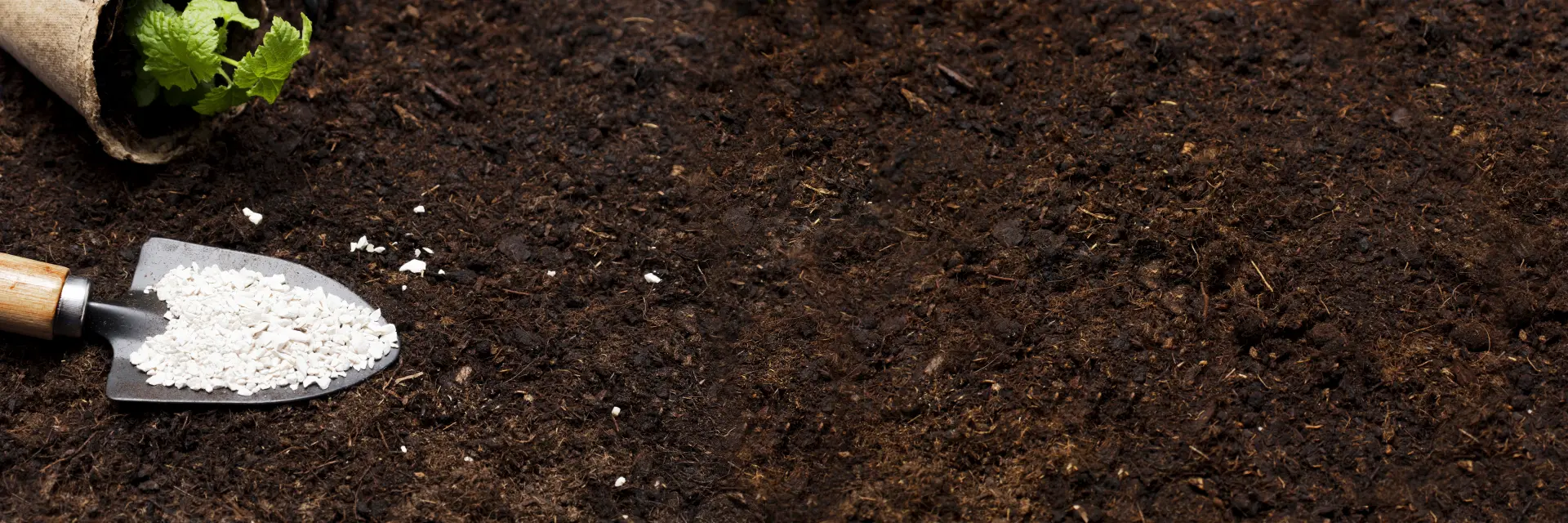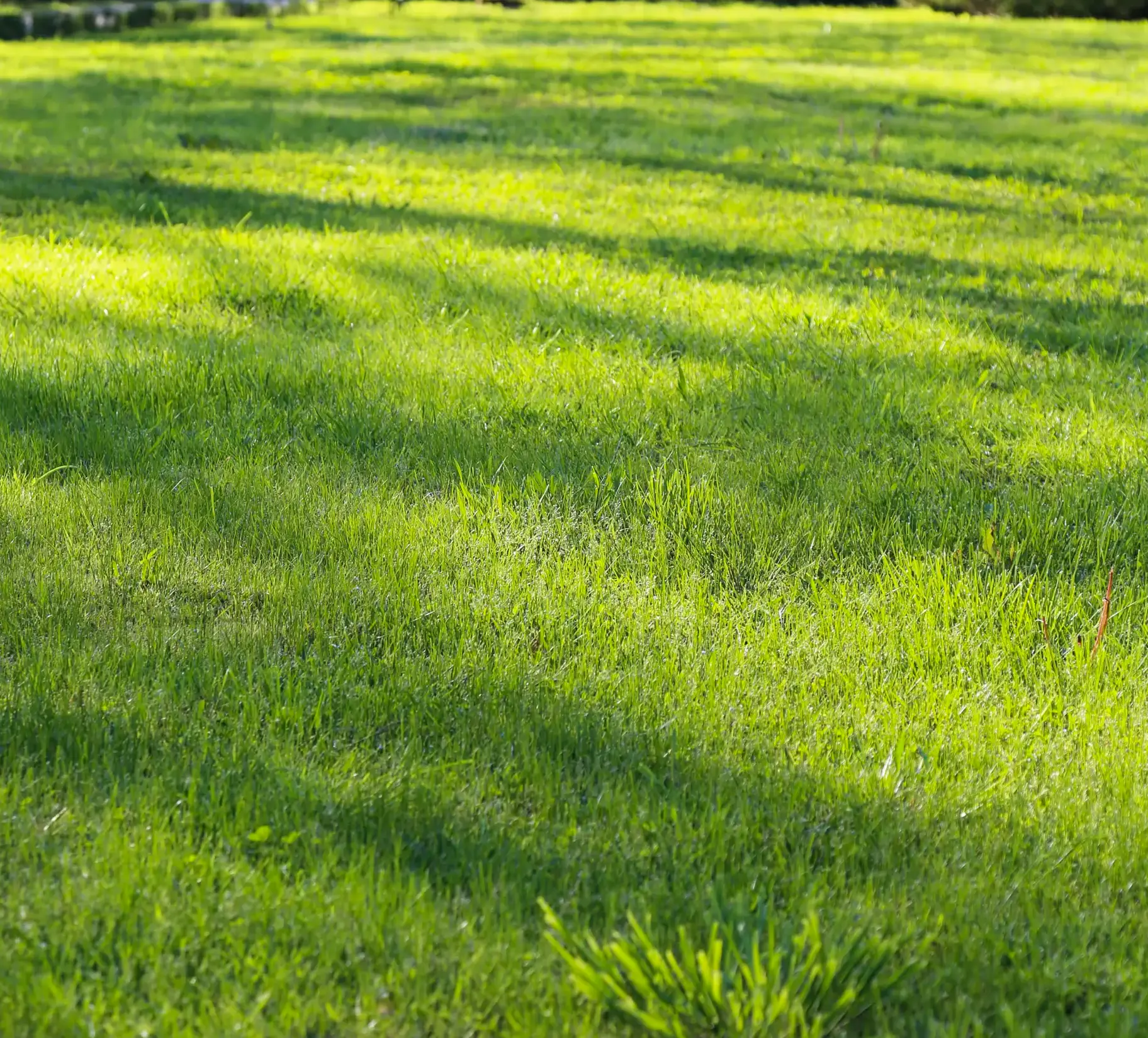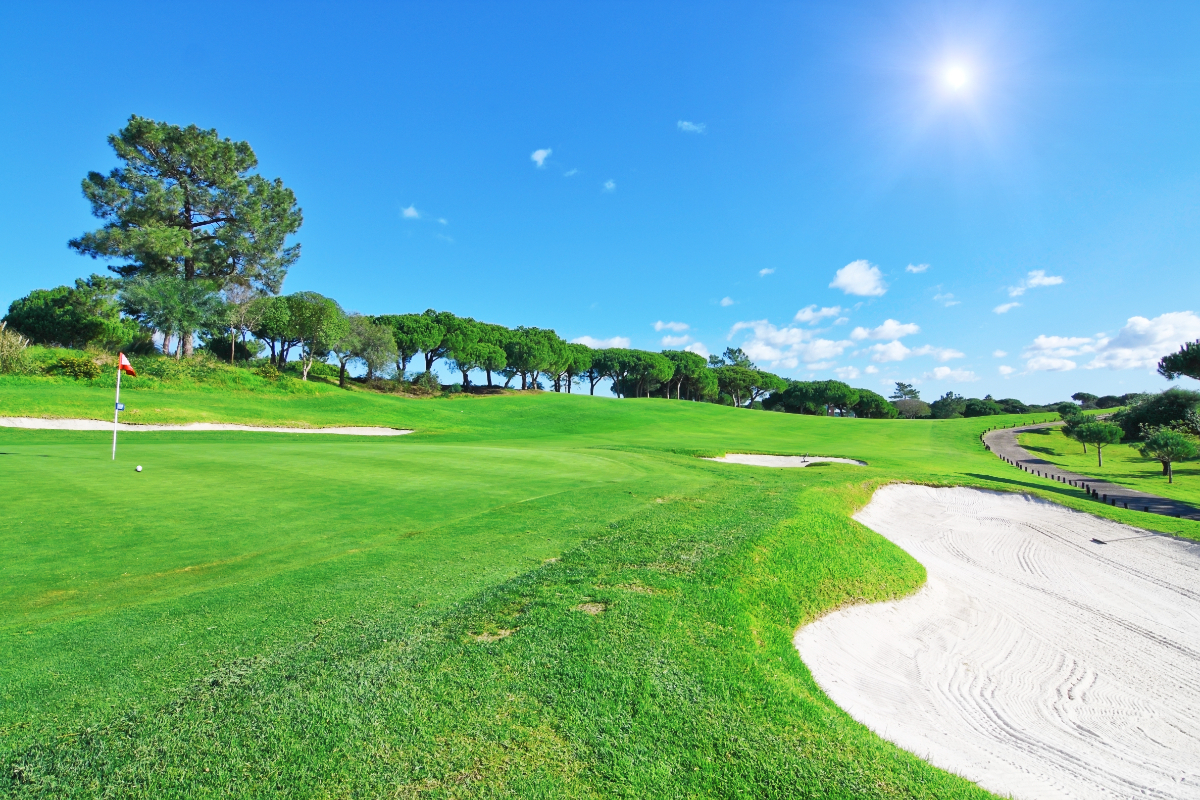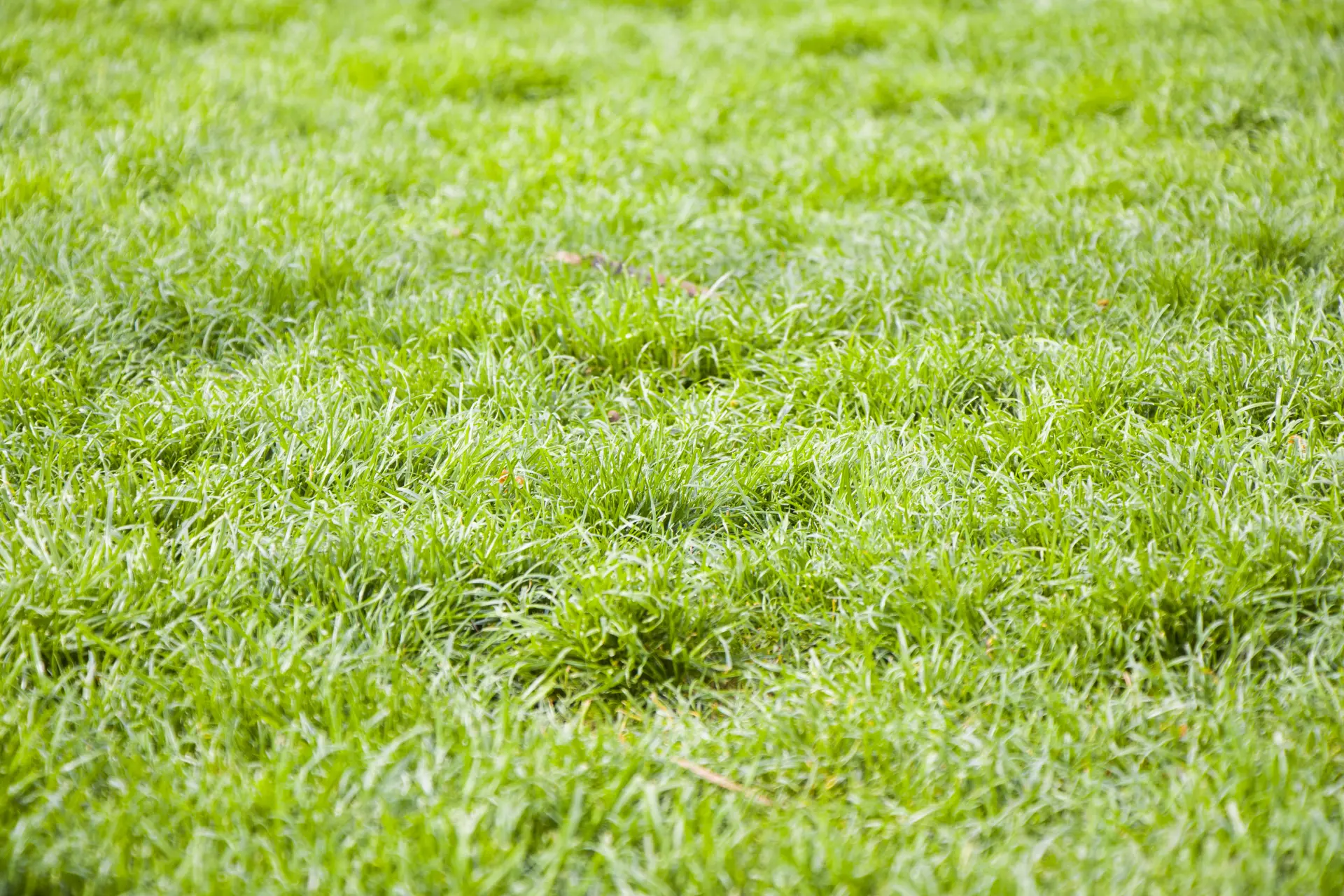Wondering when should you add topsoil to your garden? Learn the best times and reasons to refresh your soil for stronger, healthier plants.
Giving your garden the best chance to thrive often starts with healthy, nutrient-rich soil. One of the easiest ways to boost soil quality is by adding a fresh layer of topsoil at the right time.
Why Add Topsoil to Your Garden?
Topsoil is the uppermost layer of soil, rich in nutrients and organic matter. It helps improve the structure and health of your garden’s base, making it easier for plants and vegetables to grow. By adding topsoil, you create a better environment for roots to take hold, water to drain properly, and nutrients to circulate.
Many gardens lose their natural topsoil due to weather, foot traffic, construction, or years of planting. Replacing or adding a layer of topsoil restores what has been lost and gives your plants a much-needed boost. It is especially useful if your soil feels hard, sandy, or dry, or if plants are struggling to grow well.
Topsoil also works well when combined with compost. This mix improves soil texture, boosts drainage, and gives your garden the right balance of nutrients for healthier growth. Whether you are planting flowers, shrubs or vegetables, a fresh layer of topsoil can make a noticeable difference.
Best Time of Year to Add Topsoil
Spring and autumn are the best times of year to add topsoil to your garden. In spring, you can prepare the ground for a full season of planting and growth.
In autumn, adding topsoil allows the soil to settle and blend naturally over winter, ready for the next season.
Avoid adding topsoil during freezing temperatures or heavy rainfall, as these conditions make it difficult to spread and work with the soil.
Frozen ground prevents the new layer from settling properly, while very wet soil can become sticky and compacted.
On warmer days, you may need to lightly water the area before and after spreading topsoil. This helps it settle and blend with the existing layer, ensuring a more even and stable surface.
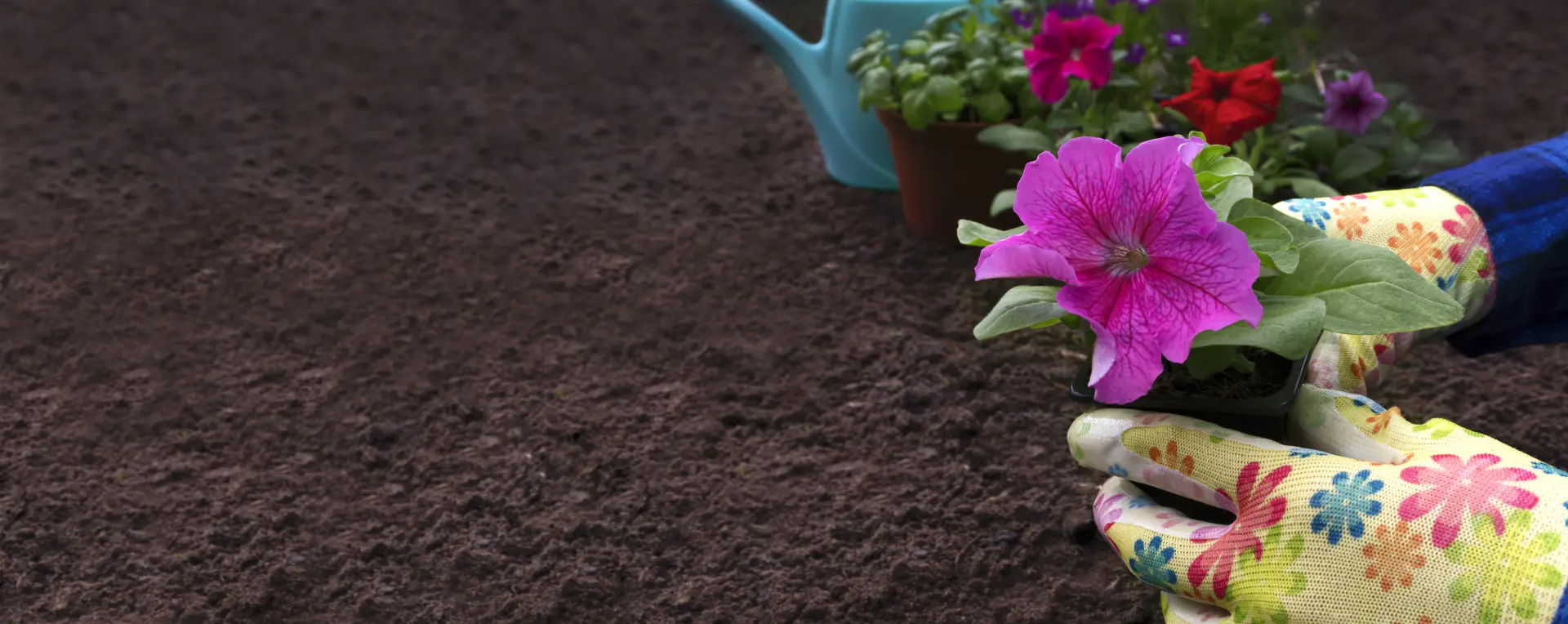
Before Planting New Grass or Seeds
If you are planning to plant new grass, vegetables, or flower beds, it is a great idea to add topsoil first. This helps create a strong base with better drainage and more nutrients, supporting healthy root development and stronger plants.
Spread a layer about 5 to 10 centimetres thick across the planting area. Rake it smooth and level before sowing seeds or adding young plants. You can also mix in compost to increase the soil’s nutrient content, giving your plants the best possible start.
This approach is especially useful in gardens where the original soil is poor, thin, or patchy. By preparing the ground with topsoil first, you can improve results and reduce the need for extra watering and fertilisers later on.
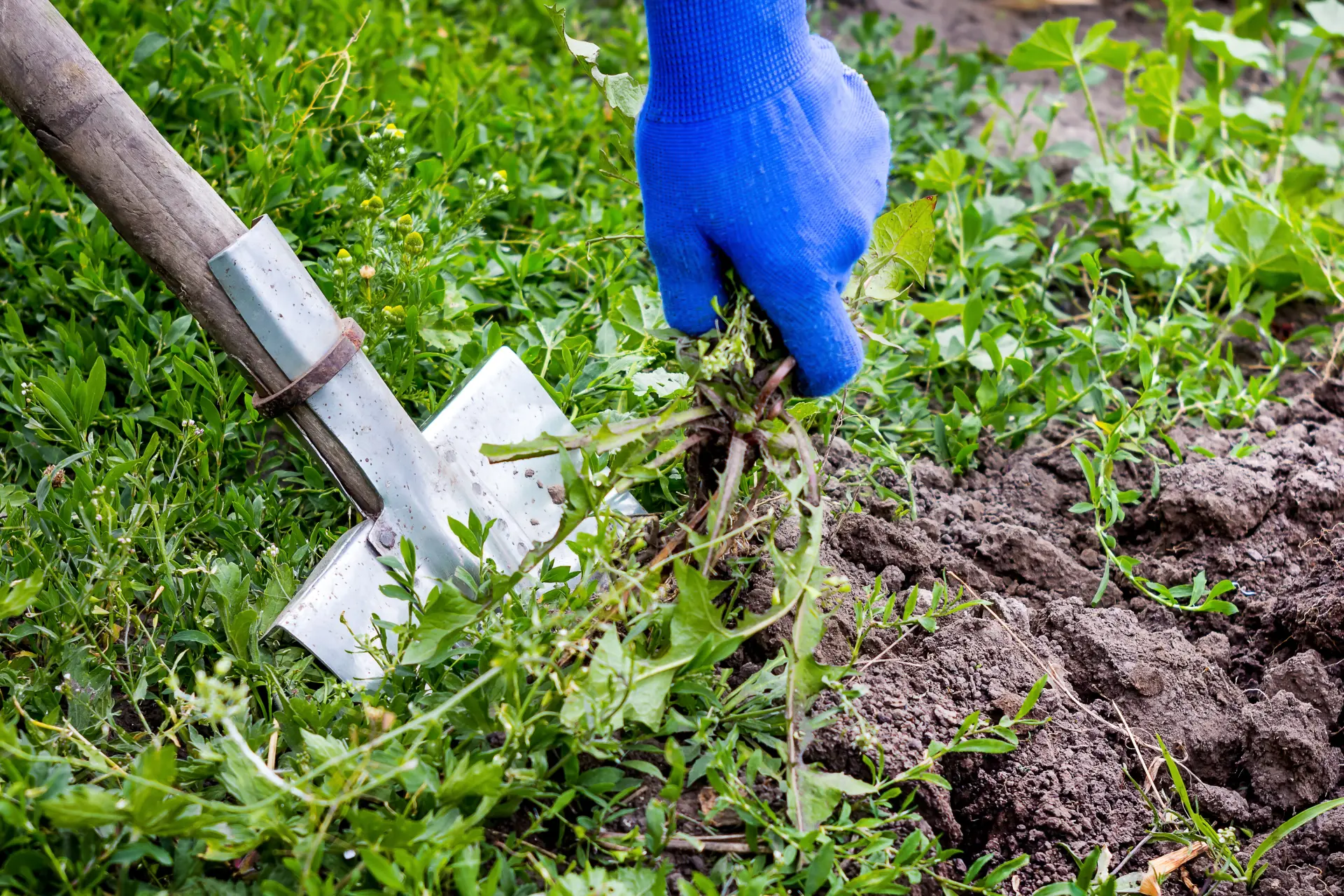
After Removing Weeds or Old Turf
Once weeds or old grass have been removed, the ground can often look bare and patchy. This is a good time to add a new layer of topsoil to repair and refresh the surface. Topsoil fills in the gaps left by roots and gives the area a more even, finished look.
Adding compost at this stage also helps improve the soil's structure and boosts nutrients. This makes it easier for new plants to grow and slows the return of weeds by creating stronger, healthier soil conditions.
For larger areas, work the topsoil into the ground using a fork or rotavator to help it blend well with the lower layers. This encourages better root penetration and allows air and moisture to move more freely through the soil.
To Fix Uneven or Low Areas
Over time, parts of your garden may start to sink or become uneven, especially after rainfall or heavy use. Adding topsoil is a simple and effective way to raise low spots, level out the surface, and improve drainage.
Apply topsoil gradually in layers of a few centimetres at a time, especially on lawns. Rake it across the uneven area and gently firm it down. You can repeat the process every few weeks until the area is level with the rest of the garden.
This method is helpful not only for improving appearance but also for preventing water from pooling and causing damage to plants. A level garden helps water run off correctly and ensures all plants get the moisture and nutrients they need.
Looking for reliable topsoil suppliers in Bradford, Halifax, or across North Yorkshire? Greenlands Turf & Topsoil Supplies Ltd provides high-quality Grade 1 and value topsoil with fast local delivery, ideal for gardens, landscaping, and construction projects of any size.

